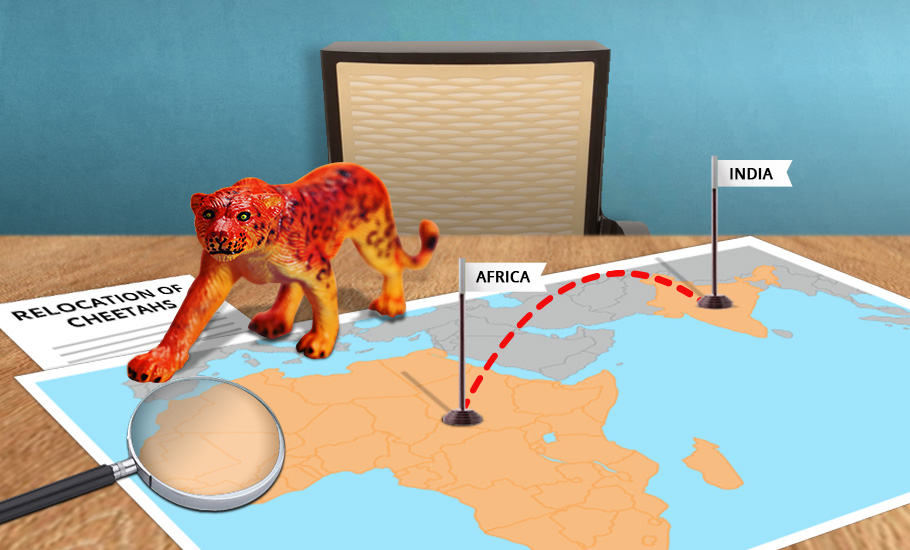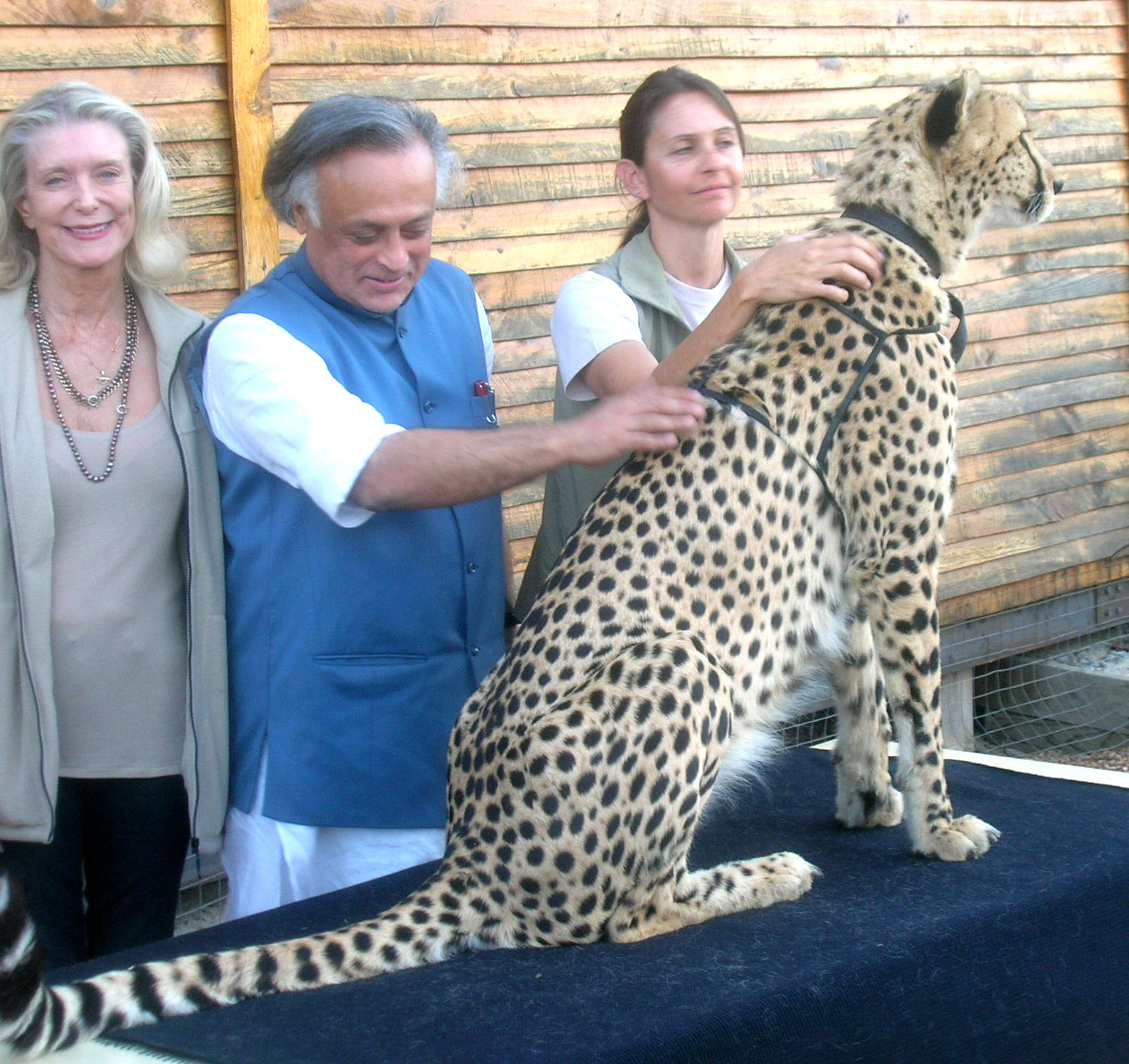
- Home
- India
- World
- Premium
- THE FEDERAL SPECIAL
- Analysis
- States
- Perspective
- Videos
- Sports
- Education
- Entertainment
- Elections
- Features
- Health
- Business
- Series
- In memoriam: Sheikh Mujibur Rahman
- Bishnoi's Men
- NEET TANGLE
- Economy Series
- Earth Day
- Kashmir’s Frozen Turbulence
- India@75
- The legend of Ramjanmabhoomi
- Liberalisation@30
- How to tame a dragon
- Celebrating biodiversity
- Farm Matters
- 50 days of solitude
- Bringing Migrants Home
- Budget 2020
- Jharkhand Votes
- The Federal Investigates
- The Federal Impact
- Vanishing Sand
- Gandhi @ 150
- Andhra Today
- Field report
- Operation Gulmarg
- Pandemic @1 Mn in India
- The Federal Year-End
- The Zero Year
- Science
- Brand studio
- Newsletter
- Elections 2024
- Events
- Home
- IndiaIndia
- World
- Analysis
- StatesStates
- PerspectivePerspective
- VideosVideos
- Sports
- Education
- Entertainment
- ElectionsElections
- Features
- Health
- BusinessBusiness
- Premium
- Loading...
Premium - Events

The road to return of the cheetah is strewn with landmines
The cheetah—the world’s fastest animal on land—is all set for a homecoming in India after an absence of seven decades.

The air is already abuzz with excitement, thick enough to be cut with a knife. The event promises to be momentous. Second only to peregrine falcon in speed, cheetah—the world’s fastest animal on land—is all set for a homecoming in India after an absence of seven decades. But it would be advisable not to break into premature victory laps. Because in a real world scenario, there can be many...
The air is already abuzz with excitement, thick enough to be cut with a knife. The event promises to be momentous. Second only to peregrine falcon in speed, cheetah—the world’s fastest animal on land—is all set for a homecoming in India after an absence of seven decades.
But it would be advisable not to break into premature victory laps. Because in a real world scenario, there can be many a slip between the cup and the lip. And also because when it comes to successfully implementing conservation measures of this magnitude, India has quite an uneven record. It is marred by hits and misses in equal measures.
It is nobody’s case that cheetahs can’t be brought back. Before the extinction, they were here for several centuries, co-existing peacefully with humans. So technically yes, they can be re-introduced. The time too seems ripe for the move.
The lamentable rhino experiment
It is just that our record in successfully traversing such unchartered territories is quite patchy. In the 80s, amidst much song and dance, a grand scheme to reintroduce rhinos in the Terai belt of Uttar Pradesh was launched. There was nothing wrong with the move. Over a century ago, much before they were confined to the Brahamputra valley of Assam and some patches of West Bengal, the mighty rhinos used to roam unfettered throughout the Terai belt. So they could jolly well do so now once again.
The idea of rhino re-introduction was grand indeed. But what happened in the past 40 years? Instead of occupying the Terai belt, which was the original design, the rhinos of Uttar Pradesh—their numbers up by a few dozens—are corralled inside a large enclosure in the Dudhwa Tiger Reserve. So much for their re-introduction. The answers to the original plan’s failure would be buried somewhere in the office files of Uttar Pradesh forest department. Only, nobody has asked the right questions.
Cheetahs for Madhya Pradesh
Dr YV Jhala, eminent scientist and at present the Dean of Wildlife Institute of India (WII), is on the forefront of the plans to re-introduce cheetahs in the wilds of India. It was he who prepared a detailed report on the viability of such a move (his report became instrumental in the Supreme Court giving its go ahead to the project in January 2020). It was he who surveyed large tracks of land in Rajasthan, Gujarat and Madhya Pradesh to find the ideal region for cheetah relocation, before zeroing in on Kuno Palpur range of Madhya Pradesh in Central India.

So understandably, Dr Jhala is quite enthused about the prospects of cheetahs being brought back to India after a yawning gap of 70-plus years. But being an astute scientist of national and international repute, he doesn’t let his emotions rush past the gates of reason.
As he told this writer in a matter-of-fact tone, “the re-introduction will succeed only after the cheetahs accept Kuno as their homeland. That is, after they start breeding there. This entire process (from re-introduction to successful breeding) will take four to five years. And only after this happens can we say that Project Cheetah has been a success in India.”
There is another aspect of chitah re-introduction which, because of the widespread euphoria generated by the developments, has gone under the radar. This concerns the number of chitahs which will have to be brought from Africa at regular intervals. The first batch of eight cheetahs, arriving from South Africa in November, will just start the five year long process of cheetah rehabilitation in Kuno.
Explains Dr Jhala, “at the least, we will be requiring 35 to 40 cheetahs during the span of four to five years. These are the least minimum numbers needed to make the re-introduction process smooth and successful.”
Dr Jhala sheds light on another tricky feature of the re-introduction that has unsettled quite a few wildlife experts and enthusiasts. Why are the cheetahs being brought from Africa, they ask, and not from Iran, as it was proposed earlier, since an Iranian cheetah would be from a “similar gene pool” to the animal which officially went extinct in India in 1952?
“No doubt bringing the Iranian cheetahs to Kuno would have been ideal,” says Dr Jhala, while adding in the same breath, “but that window is closed to us now. This would have been possible 40 years ago, had we acted on cheetah relocation then. Unfortunately, Iran is just left with 30 or so cheetahs—and this is close to the minimum number we require in India for translocation.”
Finicky big cats
Relocating big cats—and this is something which not many people realize—is easier said than done. Too many factors get to work here. Besides ensuring that the new home range has more prey animals and less threats, it has to be comforting enough for the female to raise the offspirng. Otherwise, it will just not give birth to cubs. Some two decades ago, India lost all its tigers in two tiger reserves: Panna and Sariska. Subsequently, tigers were translocated here (from Kanha and Ranthambore, respectively)—but thereafter it became a tale of two cities.

While the new tigers took to the jungles of Panna like fish to water, thanks mainly to the heroic efforts and team-work put by its field director R Sreenivasa Murthy, Sariska floundered badly for several years. Of the first batch of tigers brought in Sariska, one of them, a male, soon fell to poachers. This seemed to have a rattling effect on the newly brought tigresses. And even though male tigers were reintroduced, the tigresses in Sariska refused to breed for many years- throwing a pall of gloom over the environmentalists.
According to one hypothesis, the tigresses knew—after the death of the male—that somehow Sariska was not the safe place to sire cubs. The situation changed after stringent pro-environment steps were taken there.
Just the beginning
Obviously there is a lesson here for the successful re-introduction of cheetahs in Kuno. Securing a zone and making it safe for the cheetah is one of the steps. Equally vital will be the “management” of Kuno, ensuring that the process does not flounder the way it did during those early years in Sariska.
Fortunately, points out Dr Jhala, there is so much going in favour of cheetahs in India. For one, they were never on a collision course with the humans, the way the tiger and leopards are at several places in India. There has not been any incident of a cheetah attacking a human. And most cattle, at least the big ones like buffaloes and cows, often remain beyond the reach of a cheetah.
Now here is an interesting twist. A cheetah still occupies dominant space in our collective memory—which the Swiss psychiatrist Carl Jung called collective unconscious. The last cheetah in India disappeared long ago, but even now most people in Northern, Central and Western India, especially those in villages and small towns, often call the leopard a “cheetah”. This is no ordinary slip of tongue. The two animals are distinct in shape, size and features. Rather, it points to our connection with those half-remembered memories when cheetahs roamed in abundance in large tracts of India.
A cheetah may have gone away from our land, but it still lives in our mindscape. Hopefully it should soon live and thrive in front of our eyes.
